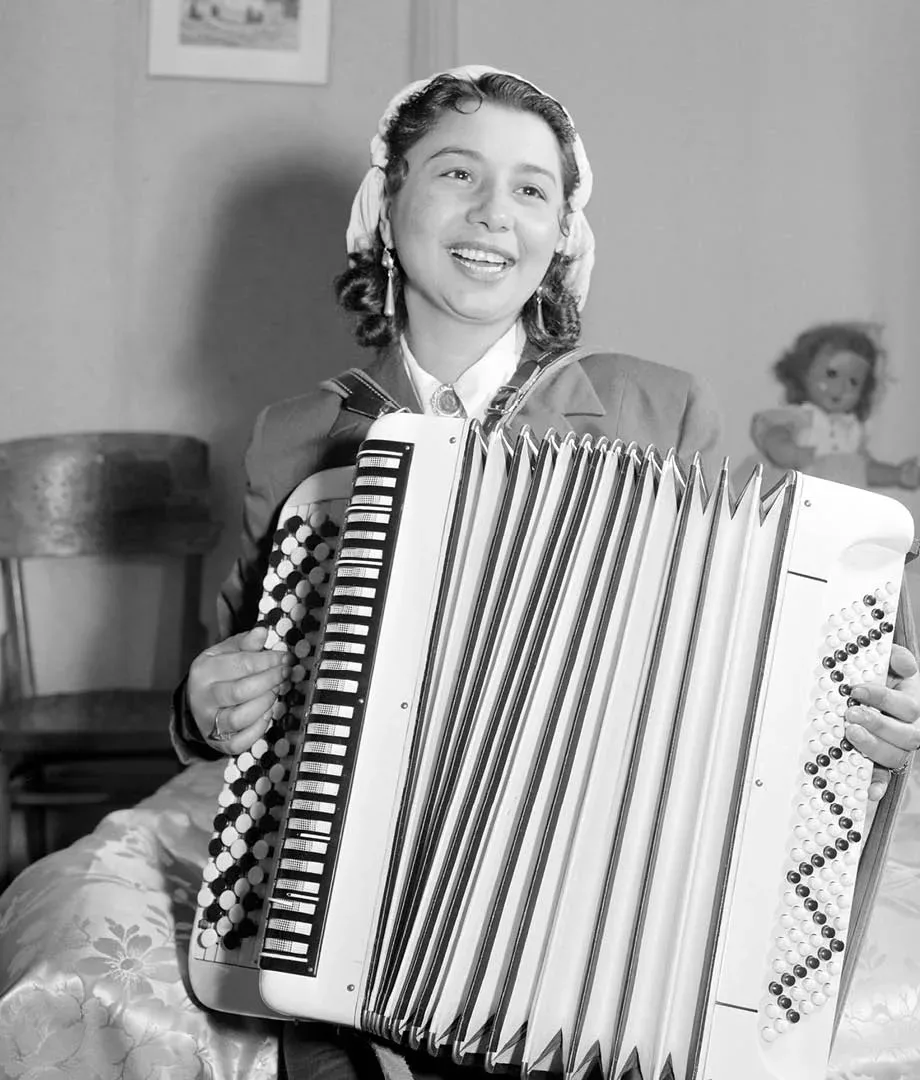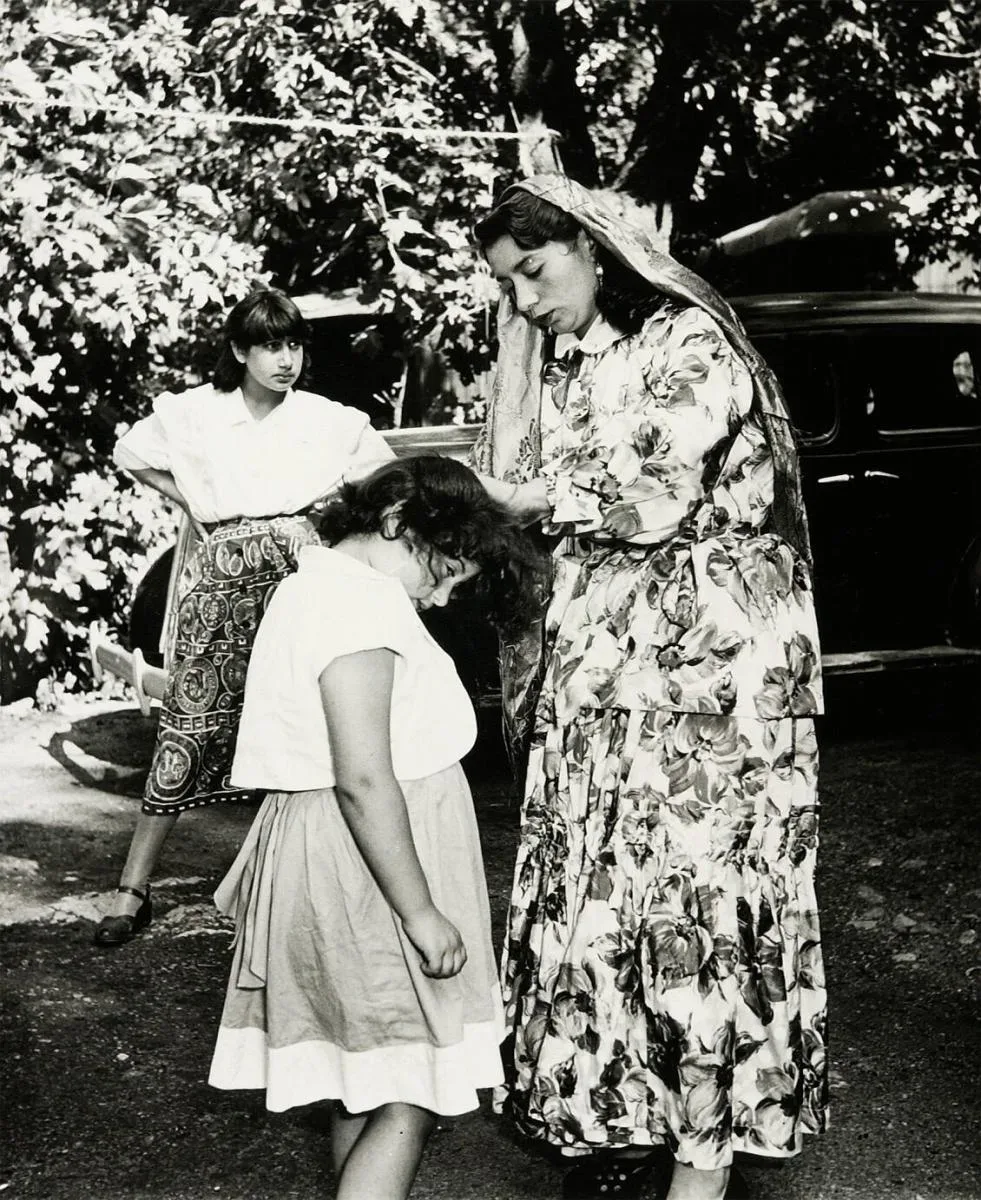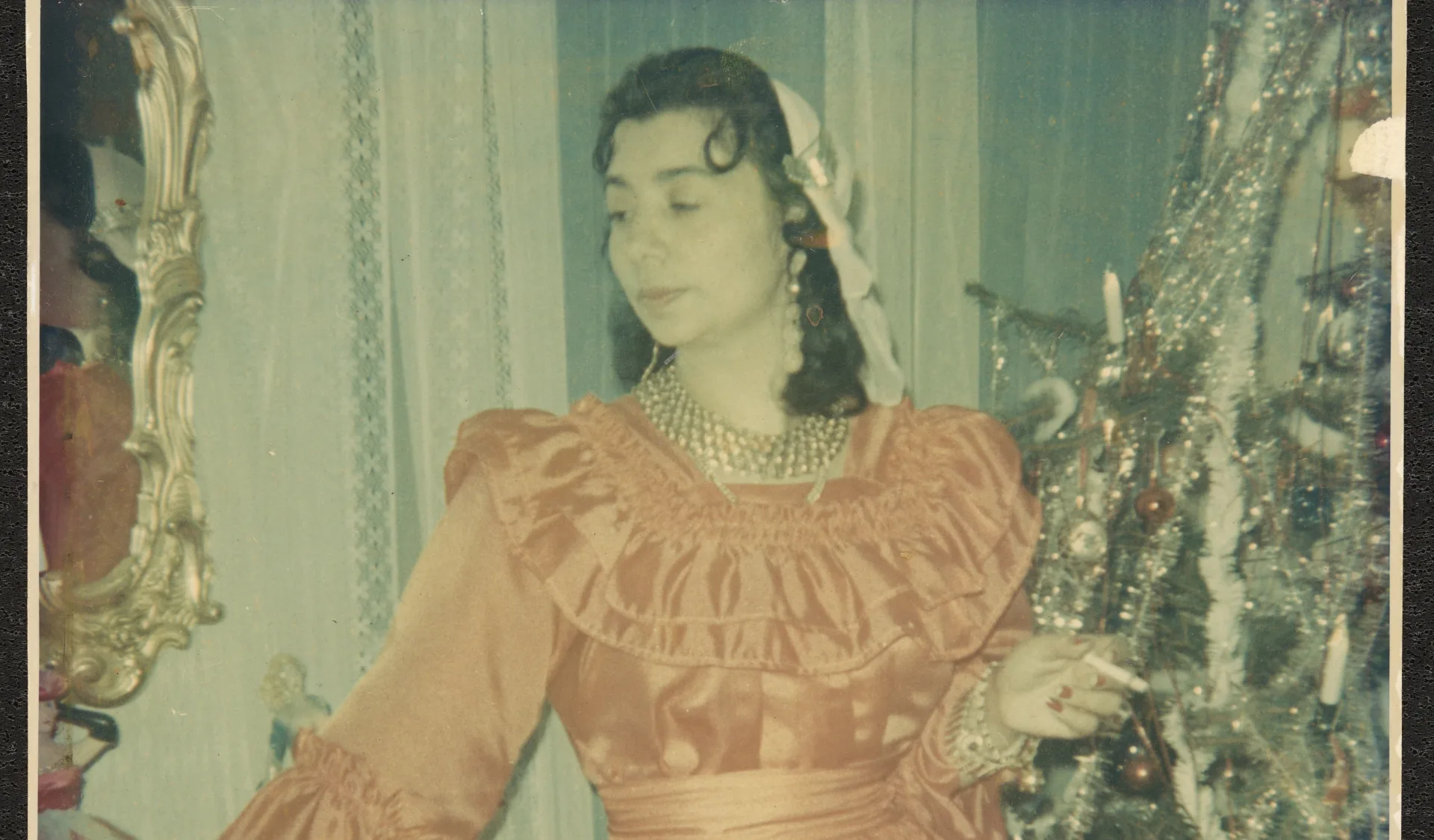The Childhood
Sofia was born in Poland around 1930. She was the second youngest of four siblings. The family, who were Roma, lived outside Warsaw during the winters. In the summers, they traveled from place to place. Sofia had a happy childhood, but neither she nor her siblings attended school, as the family led a traveling life during parts of the year.
The War Comes
When Poland was invaded by Nazi Germany in 1939, the situation worsened for Sinti and Roma. In the parts of Poland that were annexed by Nazi Germany, various ethnic groups began to be registered, and Sinti and Roma were subjected to racial-biological examinations. On one occasion, German soldiers took Sofia and her family to a barn where their noses, foreheads, and heads were measured, their teeth counted, and their lips examined. The entire family also had to give blood samples and fingerprints; they were photographed and asked questions about their family and relatives. Once the examination was over, they were transported back.
The family understood they were in danger and hid every time German soldiers approached. On one occasion, only the children managed to hide. The parents were captured and taken to a ghetto. A short time later, the children were also caught—except for the eldest sister, Anna, who hid in the forest. Sofia and two of her siblings were taken to the ghetto, where they were reunited with their parents.

Concentration Camp
In March 1943, Sofia and her family were taken away and transported by truck to a railway station, where they were loaded into dark cattle cars without water or toilets. All they knew was that they were being sent to a labor camp. When the train finally stopped and the doors opened, they had to step over people who had died during the journey. They had arrived at the Auschwitz-Birkenau concentration and extermination camp—it was March 18, 1943. Because Sofia and her family were Roma, they were placed in the so-called Gypsy section. Sofia’s long braids were cut off, and she was tattooed with the prisoner number Z-4515 on her left forearm. From then on, Sofia was just a number.
In Auschwitz-Birkenau, Sofia was forced into slave labor and placed in a women's barracks. Food was constantly scarce, and disease spread quickly in the overcrowded quarters. Sofia’s father fell ill and was taken away to be murdered in the gas chambers. One day, while working, Sofia encountered her older sister Anna, who had also been captured and brought to the camp. They began secretly meeting, despite the great risk.
After a while, Sofia’s older brother Josef was sent as a forced laborer to the Buchenwald concentration camp. Shortly afterward, Sofia was transported in a cattle car to the Ravensbrück concentration camp. The rest of the family was murdered when the Roma section was liquidated during the night between August 2 and 3, 1944.
In Ravensbrück, Sofia was forced to work in a factory. There, she met Waltraut, a woman imprisoned for being one of Jehovah’s Witnesses. Waltraut cared for Sofia, believing she was too young to die and deserved a chance to live.
The Liberation
In the spring of 1945, the war was nearing its end. As the guards began to abandon the camp, Sofia and a group of prisoners seized the chance to escape. They set off on foot, walking in the direction they believed would lead them home. Sofia was gravely ill and suffering from starvation—too weak to keep going. She lay down, ready to die, but a Jewish woman helped her to her feet and made sure she got onto one of the Red Cross White Buses.
When Sofia woke up on May 2, 1945, she was in Malmö. She was one of the very few Sinti and Roma who managed to reach Sweden on the White Buses. This was because Sweden had a ban on entry for foreign-born Sinti and Roma from 1914 until 1954.
The Life in Sweden
In Sweden, Sofia received medical care and was placed with a Swedish family. However, she was soon picked up by the police because she didn’t have permission to stay in the country. She was to be deported to Poland. During this time, Sofia moved around and eventually ended up in Vingåker, where she found work as a waitress. One day, two Swedish Roma women appeared and welcomed her into their family. Sofia was allowed to stay in Sweden because she had been taken in as a daughter. Still, the longing for her real family never left her.

In 1962, Sofia married a Swedish Roma man named Janko Taikon. They had children and grandchildren, but the memories from her childhood haunted her throughout her life.
Sofia died in Stockholm in 2005.
